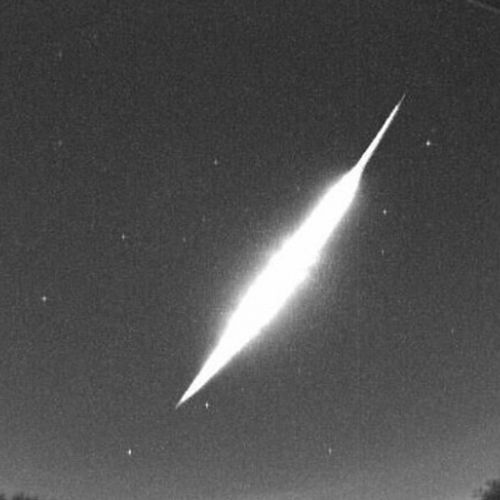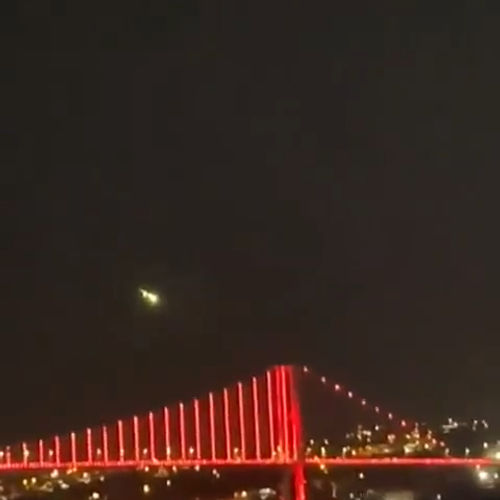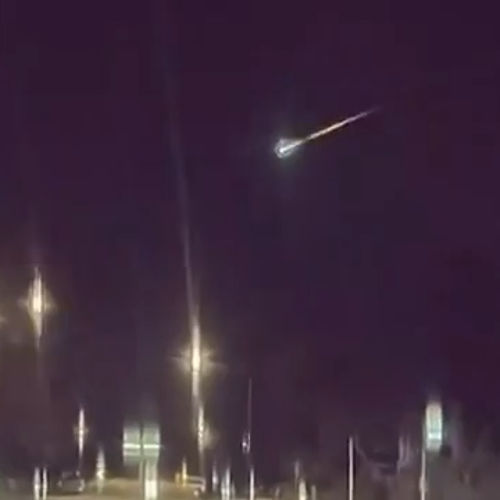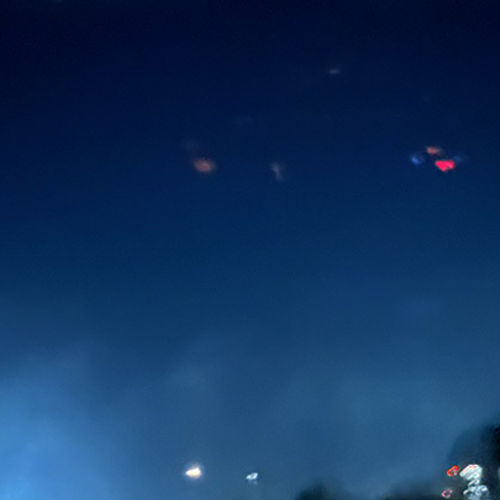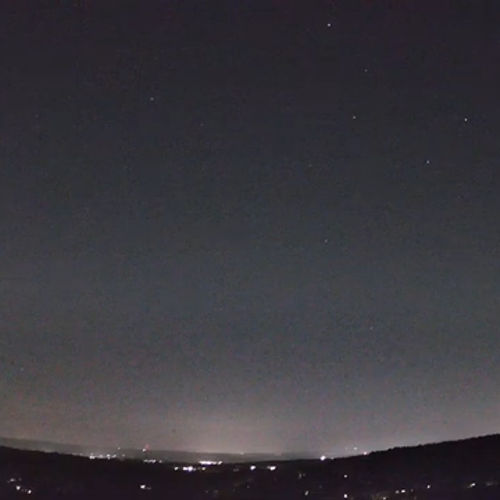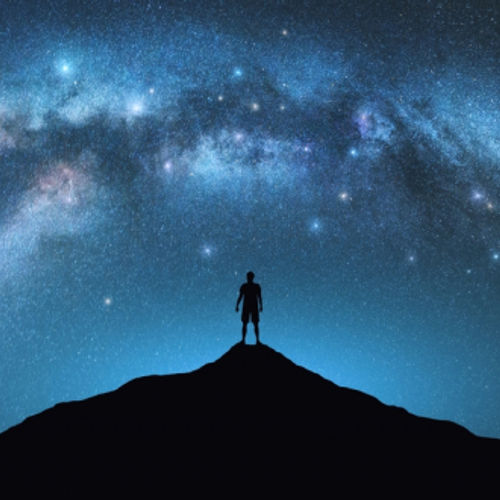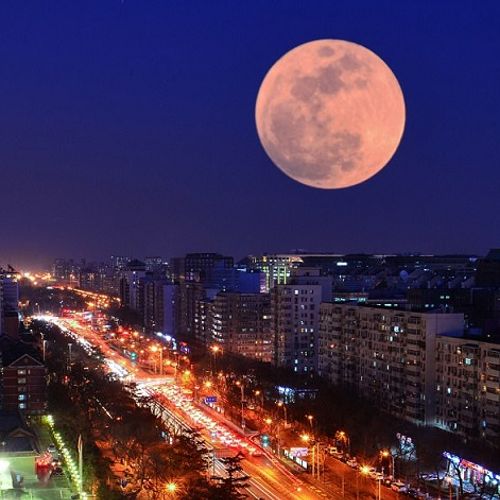
| Added | Wed, 10/08/2022 |
| Источники | |
| Дата публикации | Wed, 10/08/2022
|
| Версии |
On August 11, the last supermoon of 2022 will appear in the night sky: a random coincidence of the full moon that occurs when our natural satellite of the Earth will be near the point closest to us in its orbit (perigee).
According to NASA, when this happens, the moon tends to get a little brighter than when it is at its apogee (farthest point)– about 14 percent larger in size and 30 percent brighter.
This phenomenon occurs because the Moon's orbit is almost round, but not quite. This is an ellipse – so during its orbit around the Earth it will approach or go further. There is no strict astronomical definition, and the definition of a supermoon is often quite arbitrary.
Astrophysicist Fred Espenak defined it as a full moon that occurs when the moon is within 10 percent of its perigee. There are usually three or four supermoons a year. There were four of them in 2022, and tomorrow night is the last.
Much more noticeable is an optical trick called the lunar illusion. This happens when the Moon is low above the horizon, giving the impression that it is massive and much closer than usual.
Moonrise on August 11 will occur in the early evening, and the moon will be visible all night. If you want to see the supermoon while being as close to perigee as possible, then you will have to wait until December 6, 2052. The next best one will take place on November 25, 2034.
Unfortunately, this supermoon will affect another astronomical event: the peak of the Perseid meteor shower. The brightness of the moon will make it much harder not to see it.
Новости со схожими версиями
Log in or register to post comments


